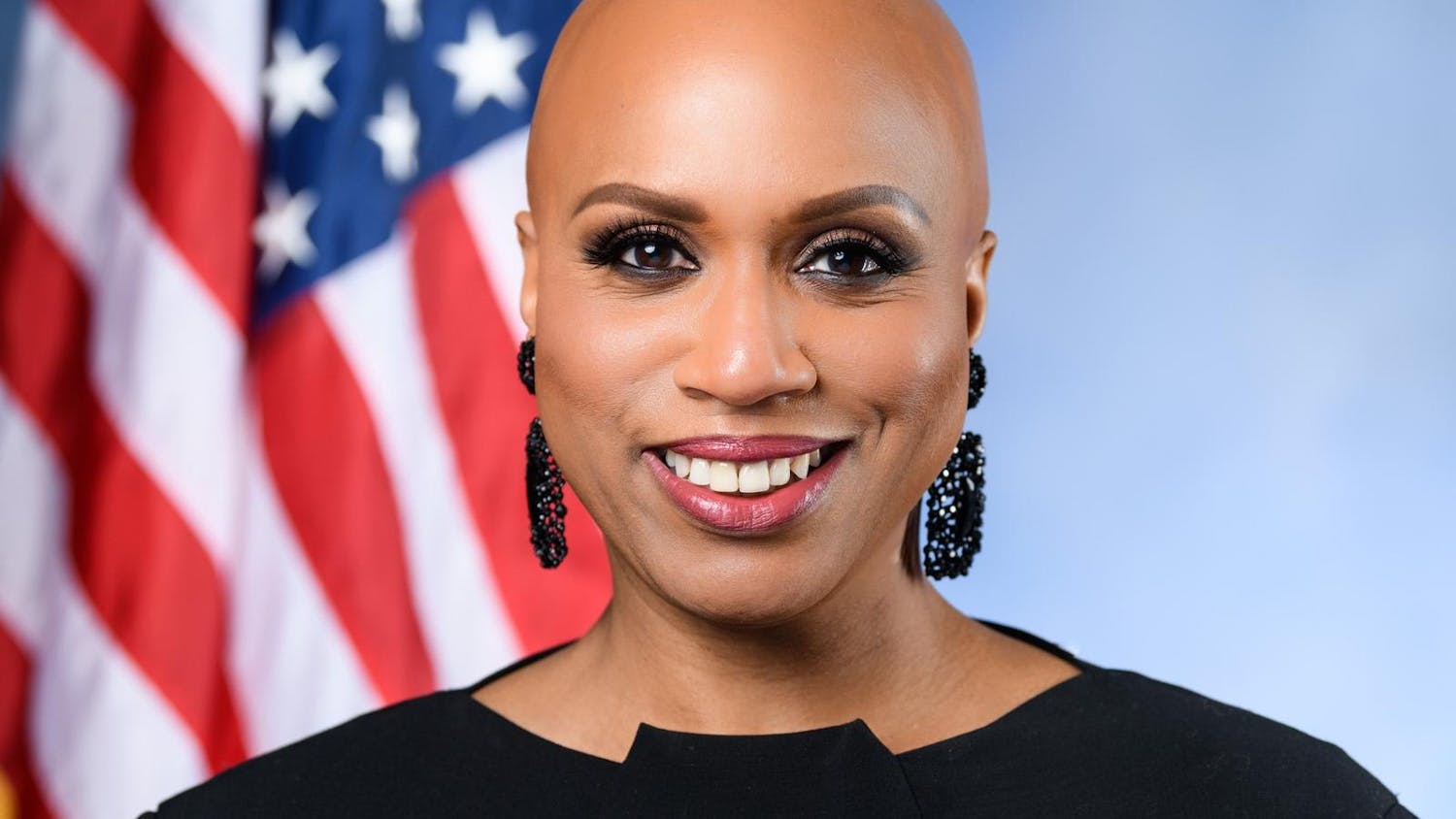Upper-middle-income families are bearing the brunt of a national increase in student loan debt, the Wall Street Journal reported this summer.
Families with incomes between $94,535 and $205,335 saw the largest increase in the percent of borrowers and the average amount borrowed in student loans between 2007 and 2010, according to the Journal's analysis of data published by the Federal Reserve.
Following the economic downturn in 2008, the financial burden of paying for college is moving from the government to families, said Haley Chitty, a spokesperson for the National Association of Student Financial Aid Administrators.
"The cost is sufficiently expensive now that even students in families with relatively high income levels will need some grant aid to avoid having to take out loans," said Ron Ehrenberg, director of the Cornell Higher Education Research Institute.
But federal grant aid is not always available for students of middle-income families, leaving loans as the only option for this demographic, Chitty said.
"In some ways, I think that's a good thing," Chitty said. "We really want to make sure the federal aid funds are targeted to the neediest families."
Financial stress on the middle class is a popular concern among Brown students, which may be explained by the University's higher average loan debt compared to the rest of the Ivy League, said Alex Mechanick '15, president of the student group Brown for Financial Aid.
Brown students whose parents make between $100,000 and $125,000 generally have a $3,000 loan built into their financial aid package, said James Tilton, director of financial aid. Average borrowing by Brown students has also increased slightly in recent years, by about $600, according to Tilton's estimates.
More students are taking on the responsibility of the financial burden of tuition and extra costs like study abroad, he said. Students are actively choosing to borrow as a way to pay for school, rather than pursuing other options for covering costs.
"I think that's what we're seeing, is students saying 'I'm not going to have Mom and Dad take out all that. I'm going to help out,'" he said.
"It may be that with this economy and the decline of home equity, families aren't borrowing more but are borrowing differently," said Lauren Asher, president of the Institute for College Access and Success. "Student loans have become more common for more kinds of students and families than ever before."
ADVERTISEMENT




